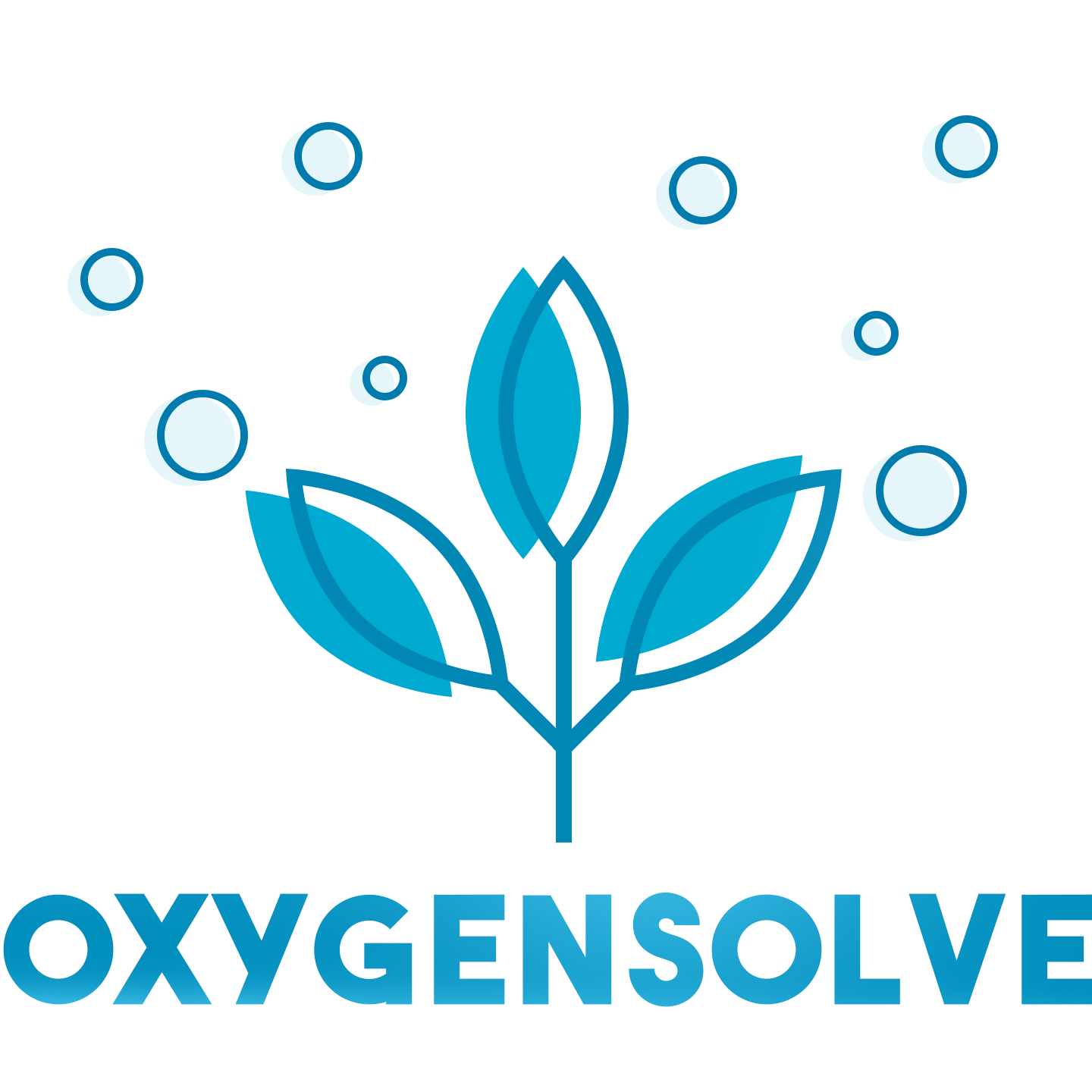Extreme Weather and COPD: How Weather-Responsive Oxygen Therapy Can Help You Breathe Easy
CODE
For many people with respiratory conditions, maintaining healthy oxygen levels is crucial for their well-being. But did you know that weather changes can significantly impact your body's oxygen needs? This is where weather-responsive oxygen therapy comes in.
Oxygen therapy is a respiratory health solution that provides supplemental oxygen to patients who struggle to get enough oxygen on their own. This can significantly improve their breathing and overall well-being. Oxygen concentrators are the mainstay of oxygen therapy. They work by filtering the surrounding air and concentrating the oxygen molecules into a breathable form, eliminating the need for bulky and less convenient oxygen tanks.
How Weather Affects Oxygen Needs
Our body's ability to absorb oxygen isn't constant and can be significantly impacted by various weather factors. Here's a closer look at how weather throws a curveball at your oxygen needs:
-
Barometric Pressure: Imagine air pressure as the weight of air pressing down on you. As you climb higher in altitude, this pressure decreases, leading to a drop in the number of oxygen molecules available. This is why people experience altitude sickness at high elevations, characterized by shortness of breath, fatigue, headaches, and dizziness.
-
Humidity: High humidity creates a challenge for your respiratory system. When the air is thick with moisture, it takes more effort to pull in oxygen with each breath. This can be particularly troublesome for individuals with COPD, as their airways are already narrowed.
-
Temperature: Both hot and cold extremes can increase your body's demand for oxygen. During hot weather, your body works harder to cool itself down, requiring more oxygen for these processes. Conversely, cold air can irritate your airways, making breathing more difficult and increasing your oxygen needs.
Conquering the Elements: Managing COPD Through Extreme Weather
Chronic obstructive pulmonary disease (COPD) presents daily challenges for breathing. But throw in extreme weather, and those challenges can escalate. Here's how to navigate different weather conditions and keep your COPD under control:
Heat Waves

- The Threat: Hot and humid weather can thicken mucus in the airways, making breathing difficult.
-
Management Tips:
- Stay cool and hydrated: Air conditioning is your best friend. Drink plenty of fluids, even if you don't feel thirsty.
- Limit outdoor activity: Schedule outings for early mornings or evenings when temperatures are cooler.
- Wear loose, breathable clothing: Cotton fabrics allow for better air circulation.
Cold Winter Snaps

- The Threat: Cold air can irritate airways, causing coughing, wheezing, and shortness of breath.
-
Management Tips:
- Bundle up: Wear layers of warm clothing, including a scarf to cover your mouth and nose.
- Warm your indoor space: Maintain a comfortable temperature to avoid a sudden drop when going outdoors.
- Breathe through your nose: This helps warm and humidify the air before it reaches your lungs.
- Use a humidifier: This adds moisture to the air, making it easier to breathe.
- Consider pre-medication: Inhale your bronchodilator before heading out into the cold to prevent airway constriction.
High Winds and Dust Storms

- The Threat: Wind can carry dust, pollen, and other irritants that can exacerbate COPD symptoms.
-
Management Tips:
- Stay indoors during storms: When visibility is low due to dust, limit your time outdoors.
- Wear a mask: An N95 mask can filter out dust and pollen particles.
- Keep windows closed: This prevents dust and allergens from entering your home.
- Monitor air quality reports: If air quality is poor, consider using a portable air purifier.
High Altitude

- The Threat: As altitude increases, air pressure drops, leading to decreased oxygen availability. This can cause altitude sickness, with symptoms like shortness of breath, fatigue, and headaches.
-
Management Tips:
- Ascend gradually: Allow your body time to adjust to the decreasing oxygen levels.
- Consider portable oxygen therapy: A portable oxygen concentrator can provide supplemental oxygen during your travels.
General Tips for COPD Management in Extreme Weather
- Stock up on medications: Ensure you have enough refills of your COPD medications to last through any disruptions caused by extreme weather.
- Prepare an emergency plan: Have a plan in place for power outages or situations where you might be unable to leave your home.
- Monitor your symptoms: Be aware of any changes in your breathing patterns or COPD symptoms.
By understanding how different weather conditions can affect your COPD and taking proactive measures, you can maintain good control of your condition and enjoy life outdoors, even in extreme weather.
Benefits of Weather-Responsive Oxygen Therapy
Weather-responsive oxygen therapy involves adjusting your oxygen therapy regimen based on weather forecasts. This can offer several benefits:
- Improved symptom management: By proactively increasing oxygen levels during periods of low barometric pressure or high humidity, you can minimize symptoms like shortness of breath and fatigue.
- Enhanced mobility: With better control over your oxygen needs, you can feel more confident venturing outdoors, even during weather changes.
- Reduced healthcare costs: By preventing complications from oxygen deficiencies, you may reduce the need for emergency room visits or hospitalizations.
The VARON VT-1: A Versatile Solution for Weather-Responsive Therapy
The VARON VT-1 is a portable oxygen concentrator designed for weather-responsive oxygen therapy. Here's how it helps you breathe easy, come rain or shine:
- Dual Flow Modes: The VT-1 offers both continuous and pulse flow modes, allowing you to customize oxygen delivery based on your needs and weather conditions.
- Travel-Friendly Design: Compact and lightweight, the VT-1 is ideal for taking on adventures, whether you're scaling mountains or exploring new landscapes.
- Multiple Power Options: With AC, DC, and optional battery power, the VT-1 ensures uninterrupted oxygen supply during weather events like power outages.
- Advanced Filtration System: The multi-layer filtration system ensures clean and fresh oxygen, especially beneficial in areas with poor air quality.
Conclusion: Breathe Easy Through Any Season with COPD Management
Living with COPD doesn't have to mean being confined by the weather. By understanding how extreme weather affects your condition, incorporating the weather-responsive oxygen therapy strategies and daily habits outlined above, you can take control of your COPD and live a fulfilling life.
Don't Wait Until the Storm Hits: Be Prepared!
By taking a proactive approach, you can navigate the unpredictable world of weather with confidence. Explore weather-responsive oxygen therapy options like the VARON VT-1 Portable Oxygen Concentrator. With the right tools and knowledge, you can breathe easy, come rain or shine.





















